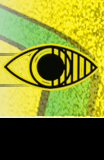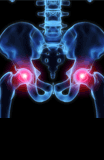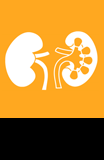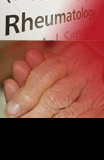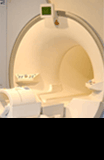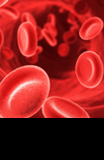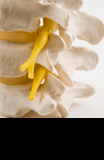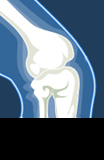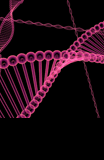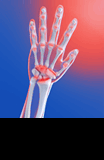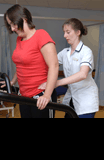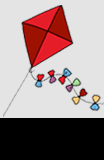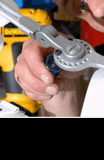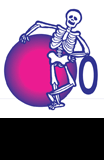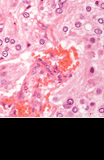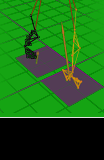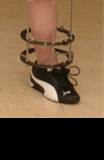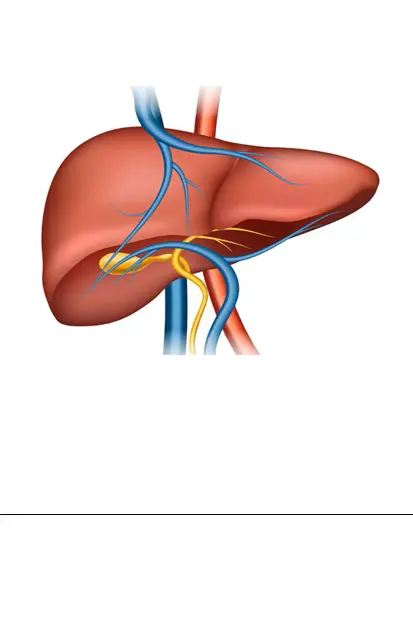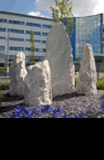It is performed with a hysteroscope - a narrow telescope with a light and camera at the end.
Images are sent to a monitor so your doctor or specialist nurse can see inside your womb.
The hysteroscope is passed into your womb through your vagina and cervix (entrance to the womb), which means no cuts need to be made in your skin.
A hysteroscopy can be used to:
- Investigate symptoms or problems
such as heavy periods, unusual vaginal bleeding, postmenopausal bleeding, pelvic pain, repeated miscarriages or difficulty getting pregnant - Diagnose conditions
such as fibroids and polyps (we may take a biopsy) - Treat conditions and problems
such as removing fibroids, polyps, displaced intrauterine devices (IUDs) and intrauterine adhesions (scar tissue that causes absent periods and reduced fertility)
Patient leaflet
The Royal College of Obstetricians and Gynaecologists' patient leaflet explains everything you need to know about the procedure - please read it before your appointment:
Outpatient Hysteroscopy - Royal College of Obstetricians and Gynaecologists
Our services
- Outpatient hysteroscopy diagnostics and operative at the John Radcliffe Hospital
- Outpatient hysteroscopy diagnostics and operative at the Horton General Hospital
Consultants
Dr John Heathcote
Consultant, Hysteroscopy Lead
Mr Francis Gardner
Consultant
Find us and contact us
Women's Diagnostic Suite
Level 1 Outpatient Department
John Radcliffe Hospital Women’s Centre
How to find the John Radcliffe Hospital
Women's Day Surgery Unit
Horton General Hospital
How to find the Horton General Hospital
Tel: 01865 231 571




